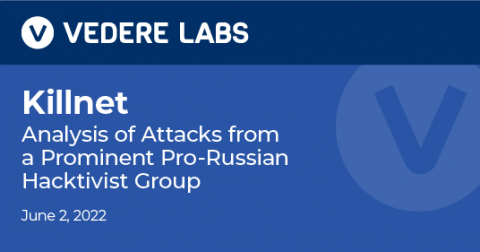Helping users become your strongest link
In his book Secrets and Lies: Digital Security in a Networked World, cybersecurity expert Bruce Schneier wrote, “People often represent the weakest link in the security chain and are chronically responsible for the failure of security systems.” That remains as true today as when the book was first published 22 years ago. It’s easy to understand why users often represent the weakest cybersecurity link within an organization.











